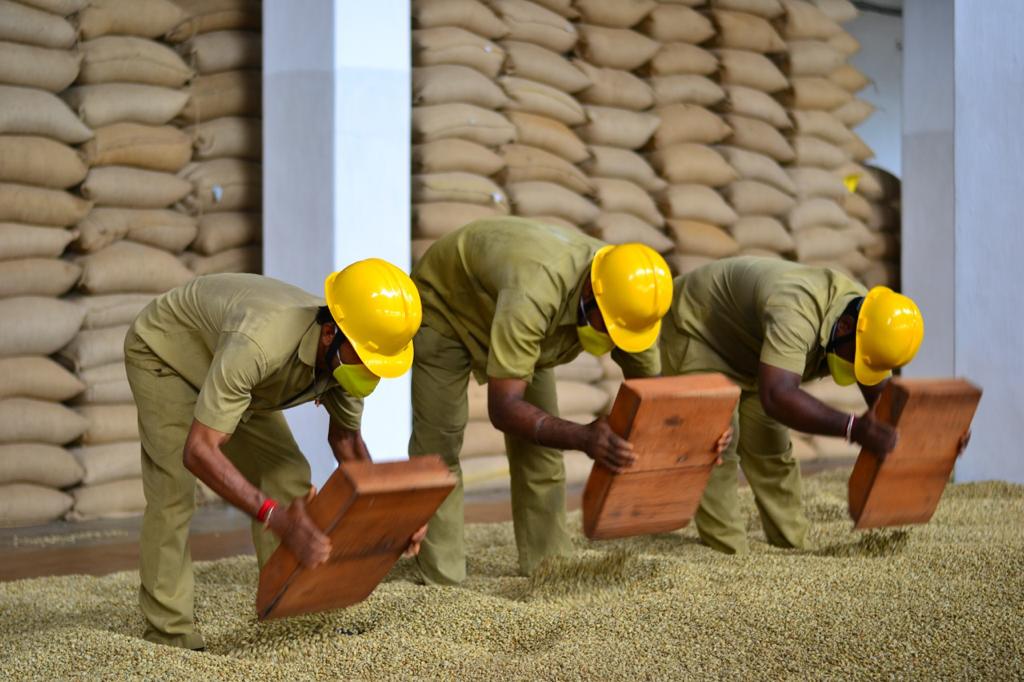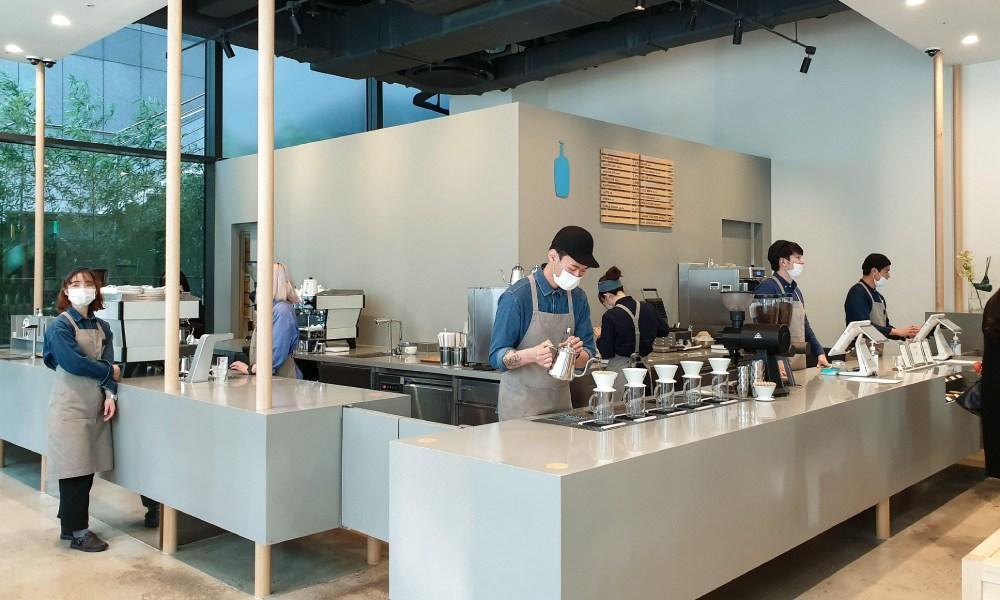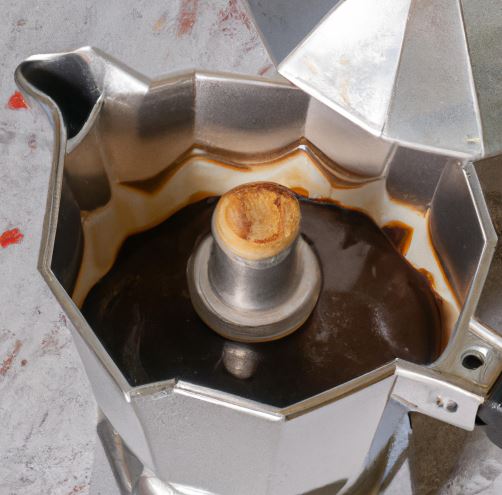Monsooning Process: Transforming Coffee Beans for Distinctive Taste

Introduction
The term "monsooning" is familiar to coffee enthusiasts, particularly those who appreciate unique flavor profiles. In this blog post, we will delve into the process, significance, and flavor transformation behind monsooned coffee beans, with a focus on the Monsoon Malabar bean.
Brief History of Coffee in India
India, renowned for its fine teas, has also been a notable coffee producer for over 150 years. The cultivation of coffee in India can be traced back to a Muslim pilgrim named Baba Budan, who brought back seven coffee seeds from his journey to the Holy Land. These seeds were planted in Chikmahlur, Karnataka State, which is considered the birthplace of coffee in India. The British played a pivotal role in establishing coffee plantations in Southern India during the 1840s, taking advantage of the region's ideal climate, altitude, and fertile soil.
Distinctive Characteristics of Monsoon Malabar
Unlike African or Central American coffees, Monsoon Malabar, in its roasted state, exhibits a unique aroma and flavor profile. Rather than the usual sweet coffee aromatics, it presents a distinctive funky, musty, earthy, and even slightly savory or briny aroma. Additionally, it is one of the least acidic coffee beans available, resulting in an exceptionally thick, rich, and full-bodied cup when extracted as espresso. The flavor is intense and sweet, offering one of the longest finishes or aftertastes among coffee beans, often lingering for hours.
Understanding the "Monsooning" Process
The appearance, aroma, and taste of coffee beans from India are the direct outcome of a specialized post-harvest processing method known as "monsooning." Originally, coffee beans would undergo a transformation during their four to six-month journey from India to Europe in wooden sailing vessels. Stored below the water line, exposed to the humid atmosphere created by seawater seepage, the beans would arrive at their destinations pale gold in color, doubled in size, and with a completely altered cup profile.
To replicate this transformative process intentionally, the monsooning method was developed in India. It involves exposing natural coffee beans, already processed by the dry method, to moisture-laden monsoon winds in well-ventilated warehouses along the West Coast of India. This process takes place during the southwest Monsoon months, from June to September when the Arabian Sea winds prevail. The beans, piled in 4- to 6-inch-thick layers, are regularly raked, bulked, and re-bagged to ensure consistent moisture absorption.
Over a period of 12 to 16 weeks, the beans absorb moisture in stages, swelling to almost twice their original size and acquiring colors ranging from pale gold to light brown. The coffee is periodically re-bulked, graded, and then transferred to a drier region for longer-term storage. The end result is a distinct flavor profile that has garnered a devoted following among coffee enthusiasts. Monsooned coffee adds intriguing notes to blends and contributes a rich crema when used for espresso.
The painstaking monsooning process involves several weeks of moisture absorption, increasing the beans' moisture content from 11% to 17%. Subsequently, over the course of 2 to 3 months, the beans are continuously transferred from one bag to another to prevent spoilage while the moisture content gradually reduces back to approximately 13%.
Conclusion
The monsooning process is a remarkable labor of love and patience for coffee producers. It imparts the Monsoon Malabar bean with its distinctive flavor and characteristics, making it an appealing choice for those seeking unique coffee experiences. If you're curious to try this remarkable bean for yourself, we invite you to explore our locally roasted premium coffee here!




